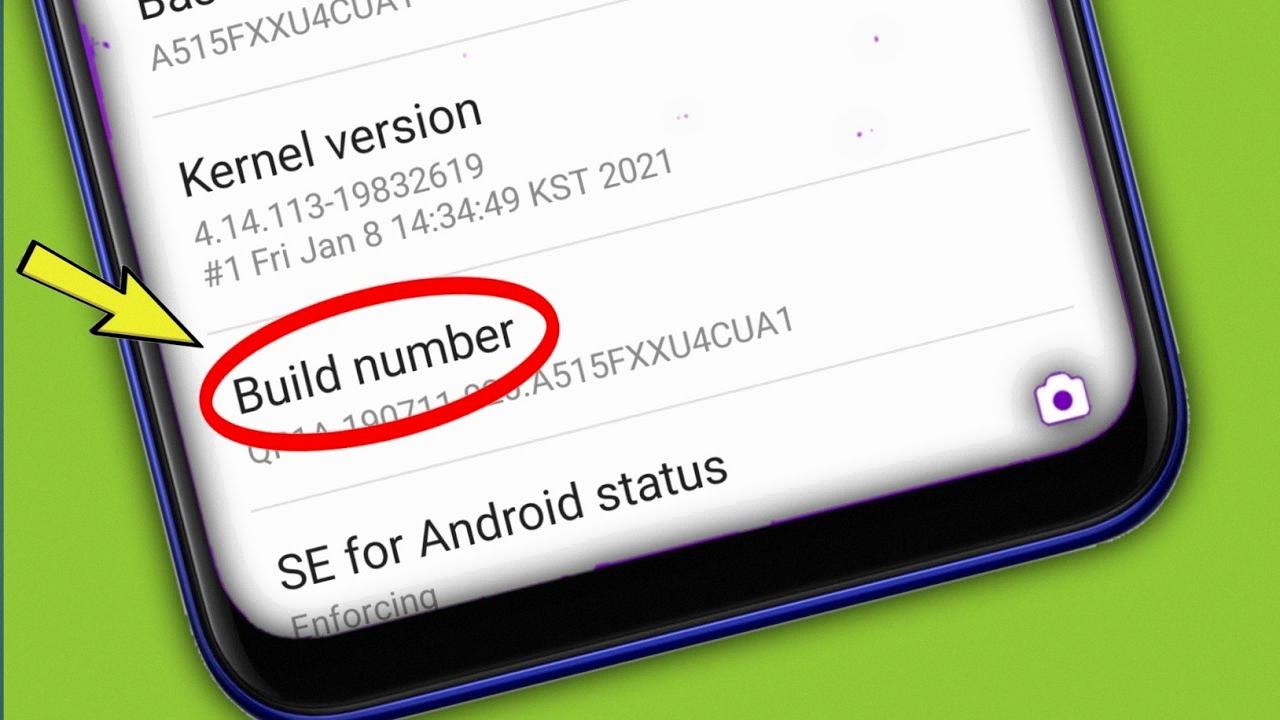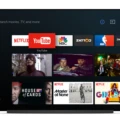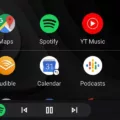The build number on an Android device is a unique combination of letters and numbers that holds valuable information about the device’s release family, manufacturing date code, version, and more. It plays a crucial role in identifying and understanding the characteristics of a particular device.
To access the build number and unlock developer options on your Android device, follow these simple steps. First, navigate to the device settings. Scroll down to find the “About phone” or “About device” option and tap on it. In this menu, locate the “Build number” option and tap on it repeatedly, around seven times. After each tap, you will see a message indicating your progress. Once you have tapped it seven times, you will be greeted with the message “You are now a developer!” This signifies that you have successfully enabled developer options on your device.
Returning to the previous screen, you will now find the Developer options at the bottom of the settings menu. These options are primarily designed for Android app developers but can also be useful for various tasks such as USB debugging or monitoring app performance. However, it is essential to note that enabling developer options may lead to unexpected behaviors on your device.
Some potential issues that may arise from enabling developer options include increased battery usage, sluggish device performance, or audio problems. It is important to be aware of these possible consequences and use developer options judiciously. If you encounter any issues after enabling developer options, it is recommended to disable them and observe if the problems persist.
The build number on an Android device provides valuable insights into the device’s characteristics and manufacturing details. Enabling developer options through the build number can be beneficial for app developers and certain tasks. However, it is crucial to exercise caution while using developer options to avoid any unforeseen issues.
What is a Build Number on Android Phone?
A build number on an Android phone is a unique identifier that provides information about the device’s release family, manufacturing date code, version, and other relevant details. It is a combination of letters and numbers assigned to each specific build of the Android operating system.
The build number is important for several reasons:
1. Release Family: The build number helps identify the specific release family of the Android operating system. This information is useful for developers, manufacturers, and users to understand which version of the operating system the device is running.
2. Manufacturing Date Code: The build number also contains the manufacturing date code, which indicates when the device was manufactured. This information is helpful for troubleshooting purposes and can assist in identifying any hardware or software issues specific to a particular batch of devices.
3. Version Information: The build number often includes information about the Android version installed on the device. This can be helpful in determining if the device is running the latest version or if an update is available.
4. Security Updates: Manufacturers often release security updates for Android devices to address vulnerabilities and protect user data. The build number helps users identify if their device has received the latest security updates. This information is crucial for maintaining the security and integrity of the device.
The build number on an Android phone is a unique identifier that provides information about the device’s release family, manufacturing date code, version, and security updates. It is an essential piece of information for developers, manufacturers, and users to ensure the smooth functioning and security of the device.

What Happens When You Click on Build Number in Android?
When you click on the build number in Android, a specific action is triggered. This action is related to the Developer options feature on your device. By tapping on the build number, you are essentially enabling the Developer options menu, which provides advanced settings and features for developers to test and optimize their apps.
Here is a step-by-step explanation of what happens when you click on the build number:
1. Tap on the build number: When you tap on the build number in the Android settings, you are actually interacting with a hidden feature within the operating system.
2. Enable Developer options: By tapping on the build number multiple times (usually seven times), you unlock and enable the Developer options on your Android device.
3. You are now a developer: After tapping the build number, a message typically appears on the screen saying “You are now a developer!” This message confirms that you have successfully enabled the Developer options menu.
4. Access Developer options: Once you have enabled Developer options, you can find it by going back to the previous settings screen and scrolling down to the bottom. Developer options should now be visible and accessible.
5. Advanced settings and features: Developer options provide a range of advanced settings and features that are primarily intended for app developers and experienced users. These options allow developers to debug, test, and optimize their apps more effectively.
What is Build Version Code in Android?
The build version code in Android refers to the SDK version of the Android operating system that is currently running on the user’s device. It is a numeric value assigned to each release of the Android OS, which helps developers identify and target a specific version when developing and testing their apps.
The build version code is represented by an integer value, such as 30 for Android 11 (also known as Build.VERSION_CODES.R). It is important to note that the build version code may differ from the target and compile SDK versions specified in the app’s development settings.
Here are some key points to understand about the build version code in Android:
1. Identification: The build version code assists developers in identifying the specific version of the Android OS installed on a user’s device. It helps ensure compatibility and functionality of apps across different Android versions.
2. Development and Testing: Developers need to consider the build version code when developing and testing their apps. They can use conditional statements or version-specific code to handle variations in features and APIs available in different Android versions.
3. Compatibility: The build version code is crucial for maintaining backward compatibility of apps. Developers can set a minimum SDK version in their app’s manifest file to ensure that the app runs on devices with a compatible build version code or higher.
4. Targeting Specific Features: The build version code also determines the availability of specific features and APIs introduced in each Android release. Developers can utilize these features to enhance their app’s functionality and user experience, but they need to ensure compatibility with earlier Android versions for broader device support.
The build version code in Android represents the SDK version of the Android OS running on a user’s device. It helps developers identify and target specific Android versions, ensuring compatibility and enabling the utilization of version-specific features and APIs in their app development process.
Is It Safe to Enable Developer Mode?
Enabling developer mode on your Android device can have both advantages and disadvantages. It is important to understand the implications before making a decision.
Advantages of enabling developer mode:
1. USB debugging: This is a useful feature for developers as it allows them to connect their device to a computer and test their apps directly. It enables advanced debugging and troubleshooting options.
2. Performance monitoring: Developer mode provides access to various monitoring tools that can help developers analyze app performance and identify potential issues.
3. Access to advanced settings: Enabling developer options gives you access to a wide range of advanced settings and options that are not available in regular user mode. This can be helpful if you want to customize your device or experiment with different settings.
Disadvantages of enabling developer mode:
1. Increased security risks: Developer mode can expose your device to potential security risks. It allows you to install apps from unknown sources, which can increase the chances of downloading malicious software.
2. System instability: Modifying certain settings in developer mode without proper knowledge can lead to system instability or even cause your device to malfunction.
3. Reduced battery life: Some features in developer mode, such as enabling verbose logging or keeping the screen always on during development, can have a negative impact on battery life.
Conclusion
The build number on an Android device plays a crucial role in determining various aspects of the device’s information. It consists of a combination of letters and numbers that provide details about the device’s release family, manufacturing date code, version, and more. By enabling developer options, users gain access to additional settings and features that are primarily designed for Android app developers. However, it is important to note that enabling developer options can have certain drawbacks, such as increased battery usage, sluggish device performance, or audio issues. Therefore, it is recommended to use developer options judiciously and only when necessary.













